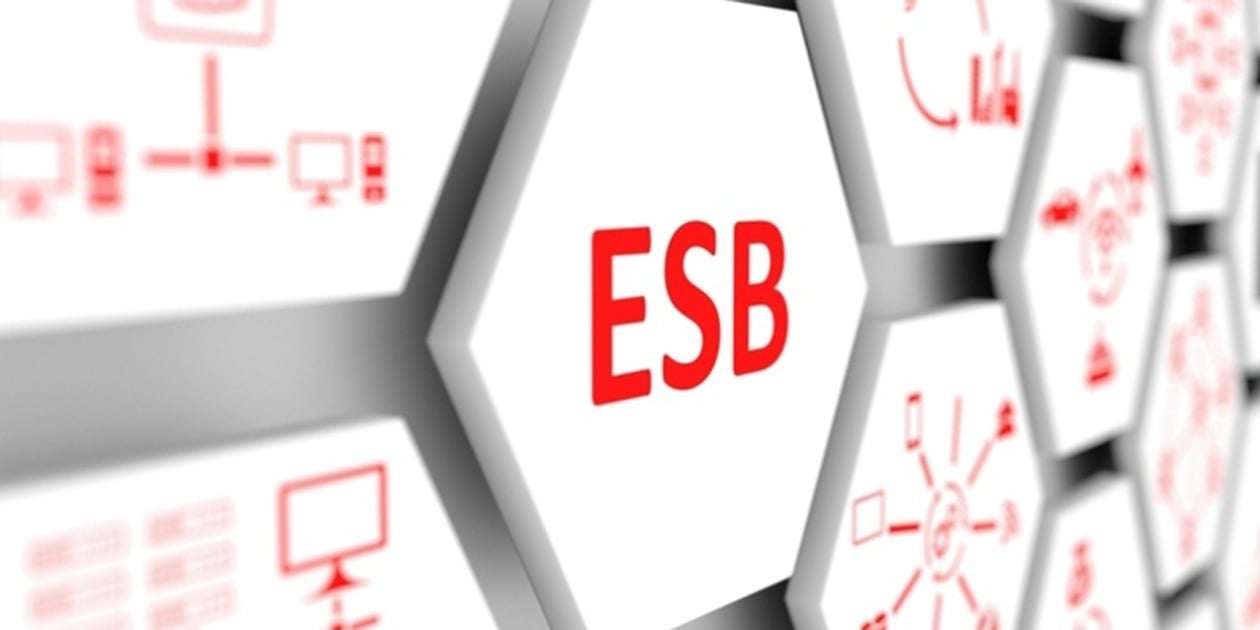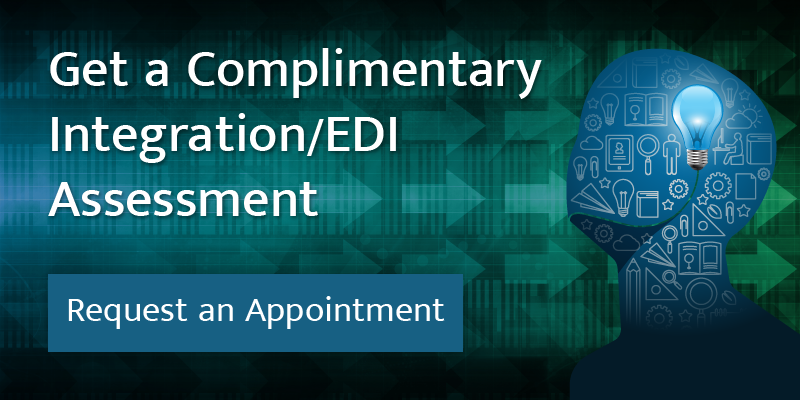
The enterprise service bus is a relatively new addition to the B2B integration space; it has been around since the beginning of the 21st century. However, since its arrival on the scene, it has become a part of the landscape. However, not everyone is familiar with what an enterprise service bus is, how it developed, or its use in B2B integration.
This post clears up any mysteries or misconceptions about the enterprise service bus. Read on to learn about its origins, what it does, and how it fits into B2B integration.
What Is an Enterprise Service Bus?
An enterprise service bus (ESB for short) refers to software architecture that allows for the integration of enterprise applications and services, such as middleware infrastructure platforms.
The best way to think of an ESB is to compare it to a router. It provides the connections between applications that need to communicate with one another. Businesses use ESBs in enterprise application integration.
An enterprise service bus is like a router; it provides connections between applications for communication.
The interactions and communication between components take place across the bus. In that respect, an ESB is similar to a physical computer bus; it handles data transfer or message exchange without writing any code. As an infrastructure software service-oriented model, ESB works as a managed message system that provides routing, data transformation, translation upon a client’s request, and event interpretation. ESB comes in handy when you need to transform messages into a format the application can interpret, to change data content, or execute services via a rule engine.
How Did ESBs Come into Being?
At the beginning of the 21st century, service-oriented architecture (SOA) became popular. In fact, SOA became the backbone of many an organization’s architectural strategies. It was realized in the form of web services, which have become a significant component in implementing software solutions today.
While the interactions between services can be implemented with point-to-point architecture, such an approach creates needless complexity. It is monolithic, not reusable, and does not offer business functionality.
What Role Do ESBs Play in B2B Integration?
Now that it is clear what ESBs do and how they came into being, let’s discuss their role in B2B integration.
At its core, ESB integrates various applications by putting a bus between them to enable that communication. The products you can use to build an ESB give you flexibility in building the architecture as well as vary the capabilities the ESB will possess.
At its core, ESB integrates various applications by putting a bus between them to facilitate communication.
You must also be aware that an ESB creates a single point of failure for B2B integration. That situation is not acceptable in an enterprise setting, where your business success rests upon your ability to access relevant, accurate information when you need it. B2B integration is crucial to achieving your goals.
ESB plays a role in B2B integration, but it is part of a greater picture. To learn more about which B2B integration solutions will work best for you, contact us.



